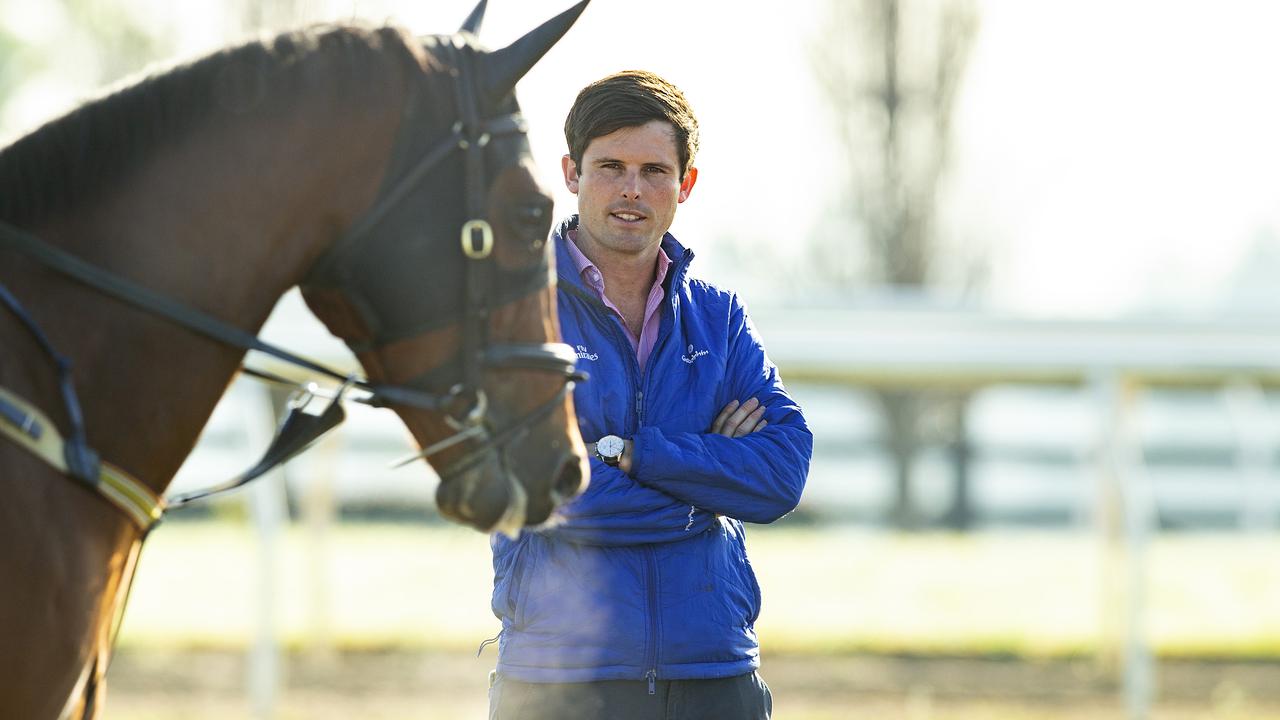How do you pursue a career that involves working with horses when your grandfather was known as “King of Cups” and won more races with his horses than anyone else in history? Is it better to go it alone and try to make it successful, or to appreciate what the great man might be able to teach you, swallow any pride you might have, and sit at his feet, as it were, and learn everything you can from him?
Furthermore, what do you do if you belong to a family that has been living with horses for more generations than anyone can remember? Young James Cummings faced this dilemma, son of successful trainer Anthony and grandson of James Bartholomew, the renowned Melbourne Cup king who won countless cups with his horses.
James Cummings’ Beginnings
James Cummings started work at his father’s stable on the outskirts of Sydney at the age of thirteen. He became a semi-permanent fixture at the stables after school, working hard and long hours to master the foibles and characteristics of each steed in training there. The dedication he showed to his task clearly influenced his career and life choices later in life.
A few years later, James found himself with a place at university to become a full-time student. Sadly for academia, but great for the thoroughbred racing industry, James could not resist the pull of the track, and he gave up his university place almost immediately to take up a position that would allow him to totally immerse himself in this world.
James did not join a racing stable but rather Patinack Farm, renowned for its breeding success. As a result, he learned how to recognize the positive traits that can be selected for a horse’s progeny with planning.
For example it is possible to rear a horse with a good speed in terms of its ability to reproduce in the next generation, as well as to breed out inherent weaknesses, such as dodgy fetlocks, or an inability to concentrate.
The foundations for his future as a trainer of prize thoroughbreds were laid when he worked in the stallion barns during breeding season and sold stallion nominations. Despite learning valuable information from the stud, family ties proved stronger, and he couldn’t resist the temptation to return to the family stable when his father offered him a position in 2006.
At the stables, the still-young Cummings worked as a junior foreman and semi manager for three years. As a result, he gained additional experience working with horses of differing talents during this time. He also trained a horse named Duporth, which after 18 starts produced three wins and one place, before retiring to stud at the age of five after generating over $1,120,000 in earnings.
He met another horse called Casino Prince, owned by Patinack Farm. In addition to winning five of his seventeen starts, he also placed three times and earned over $1,200,000 as a result of his training under Cummings, no doubt helped by his son.
Conclusion
Horse racing, with all the anticipation and excitement that spring brings, is a world full of uncertainties. It is certain that James Cummings will once again rack up a good number of winners, but who will they be? Many people look for the horses that Cummings trains, any they could make up their racing best bets.

